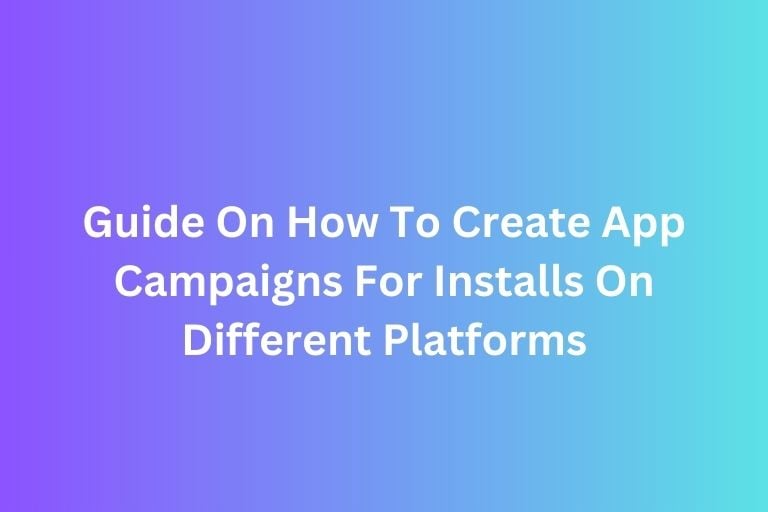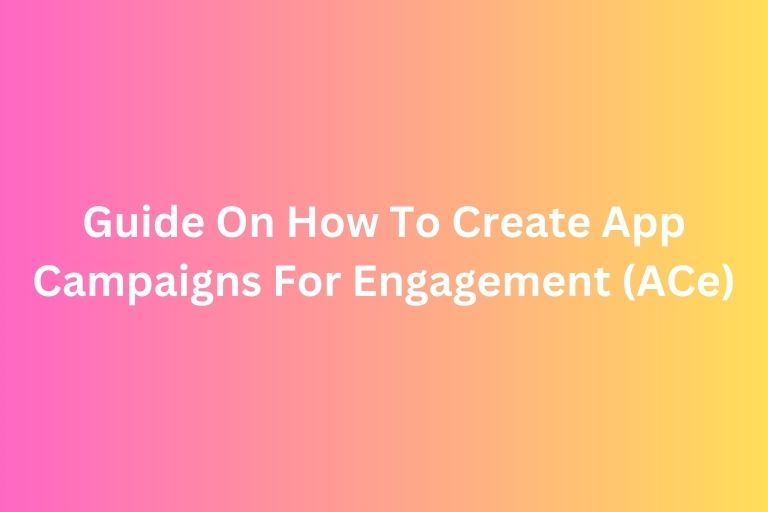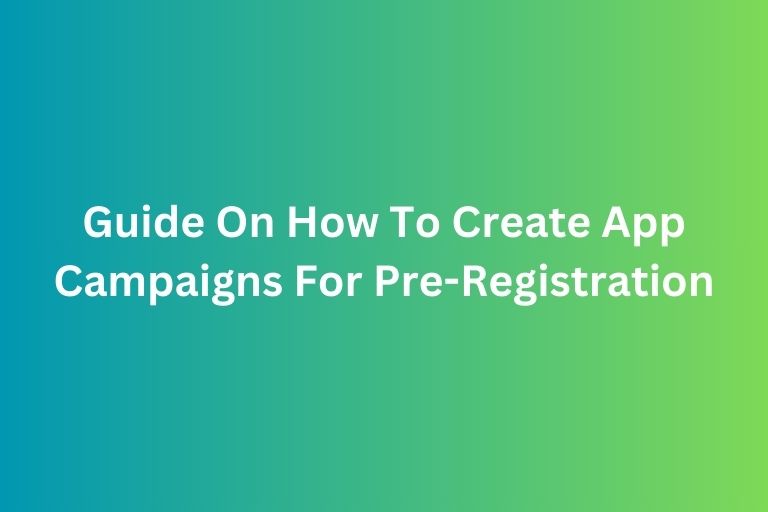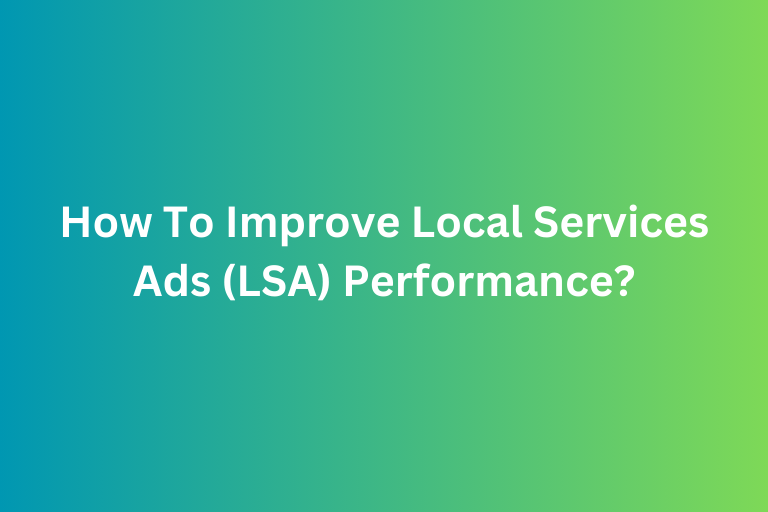Creating your first search ads can be an exciting step into digital marketing, and getting it right can make a big difference for your business! Here’s a beginner-friendly guide—let's get started!
Understand What a Search Ad Is
Before diving in, let’s clarify what search ads actually are. A search ad is a text-based ad that appears on search engines, like Google, above or beside organic search results when users type in specific keywords. Think of it as a shortcut to connect people actively looking for your product or service to you.
Set Up Your Google Ads Account
The most popular platform for search ads is Google Ads. Here’s how to get started:
- Go to Google Ads and click "Start Now."
- Sign in with your Google account (if you don’t have one, you’ll need to create it).
- Follow the prompts to set up your account and enter your billing information. Don’t worry, you won’t be charged until you’re ready to launch your first campaign.
Choose Your Goal
Google Ads will ask you to set a campaign goal. For example, you might want to:
- Drive website visits
- Increase calls
- Boost foot traffic to a physical location
Picking a goal helps Google optimize your ad performance. For a beginner, “Website visits” is often a good place to start, as it’s straightforward to track and improve.
Select the Campaign Type: ‘Search Network’
When prompted to select your campaign type, choose ‘Search Network’. This means your ad will show up on Google’s search results page when users type in relevant keywords. This is key for a beginner search ad—it keeps things simple, focused, and cost-effective.
Define Your Target Audience
Your ad budget is precious, so make sure it reaches the right people! Define your audience based on:
- Location: Choose specific cities, regions, or countries.
- Language: Select the language your audience speaks.
- Demographics: If you have specific audience demographics in mind, this is where you can refine by age, gender, etc.
For example, if you own a local bakery, you’d want to target only people in your town and possibly neighboring areas.
Continue reading: How To Know Your Target Audience For Paid Advertising
Set Your Budget
Decide on a daily budget for your ads. Google will suggest amounts based on your campaign type, but start small to get a feel for things, perhaps around $5–$10/day. You can always adjust later.
- Tip: Don’t worry about going over budget! Google will not exceed the daily limit you set.
Choose Keywords (The Heart of Your Ad)
Keywords are the words or phrases people type into Google when searching. Google Ads has a Keyword Planner tool that can help you find good keywords, but here are some beginner tips:
- Think like your customer: What would they type if they were looking for your product?
- Be specific: Instead of broad keywords like “bakery,” try “organic bakery in [your city].” Specific terms often attract more interested customers and are less costly.
- Avoid super competitive keywords: Words with very high competition may be more expensive. Try to find keywords with medium or low competition for starters.
Create Your First Ad
Now it’s time to craft your ad! A search ad has three main parts:
- Headline (1, 2, and 3): These are the clickable parts of your ad, so they need to be catchy! Include a main keyword, like “Organic Bakery” or “Fresh Pastries Daily,” and add something enticing, like “Order Online Today!” Keep it short and relevant.
- Description (1 and 2): This is where you can add more detail. Think about what makes you stand out. For instance: “Locally sourced ingredients, delicious pastries baked fresh daily. Free delivery on first order!”
- Display URL: This is the website address that shows up in your ad, so people know where they’re headed. If your bakery’s website is “yumbakery.com,” this might display as “yumbakery.com/organic-pastries.”
Set Your Bid
In Google Ads, you bid on how much you’re willing to pay per click on your ad (this is called CPC or cost-per-click). Google has an automated bidding option, which can be a good choice for beginners because it optimizes your bid to maximize clicks within your budget.
- If you prefer, you can also set a manual bid. Start with a low amount, like $0.50 to $1 per click, and adjust as needed based on results.
Launch and Monitor Your Campaign
Once everything is set, hit ‘Publish’! Your ad will start running, but your work doesn’t stop here.
- Monitor results: Google Ads provides data on impressions (how often your ad was shown), clicks, and conversions (when someone completes a desired action).
- Adjust keywords, bids, and budget: Based on what’s working, you can tweak these to improve performance. For instance, if one keyword brings in a lot of clicks, you might increase your bid on that keyword.
Review and Optimize (Adjust as Needed)
As your campaign runs, keep an eye on how it’s doing, and don’t hesitate to make adjustments. Here’s what you can review regularly:
- Click-through rate (CTR): This shows how many people clicked your ad versus how many saw it. A higher CTR often means your ad is well-targeted and attractive.
- Conversion rate: This tells you how often clicks led to the desired action. If people are clicking but not converting, consider adjusting your landing page or offer.
Continue reading: What Is A Good Conversion Rate And How to Calculate It
Tips for Success
- Test different headlines and descriptions. Small changes can make a big difference in click-through rates.
- Use negative keywords. These are words you don’t want your ad to show for. If you’re selling high-end pastries, for example, you might add “cheap” as a negative keyword.
- Be patient and persistent. Search ads improve over time, especially as you gather data.
Congratulations—you’ve launched your first search ad!
With each campaign, you’ll gain insights to make your next one even better. Now watch those clicks roll in and bring your audience to you!











